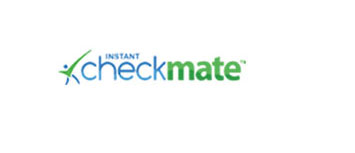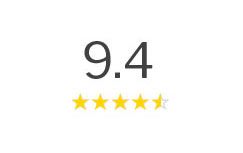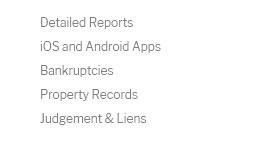 |
 |
 |
|---|
|
|
|---|
 |
 |
 |
 |
|---|---|---|---|
 |
 |
 |
 |
 |
|||
 |
 |
 |
 |
 |
|||
 |
 |
 |
 |
 |
|||

How to Request a DD214: A Comprehensive GuideThe DD214, formally known as the Certificate of Release or Discharge from Active Duty, is a document of paramount importance for veterans. It serves not only as a summary of a veteran's military service but also as a gateway to various benefits and services. If you're navigating the waters of requesting this crucial document, you're not alone, and it's essential to approach this task with a clear understanding and patience. To initiate a request for your DD214, the first step is to determine whether you are eligible to make this request. Generally, the veteran themselves, their next of kin, or authorized representatives can access this document. With eligibility confirmed, the journey begins with understanding the National Archives process. Firstly, you must decide whether to request the DD214 online, by mail, or in person. Each method has its merits. Online requests through the National Archives' website tend to be more convenient and quicker. You can use the eVetRecs system, which guides you through the process with a series of questions designed to pinpoint the specifics of your request. It's worth noting that while digital requests are efficient, they require a certain level of comfort with technology. For those who prefer traditional methods, mail requests are a viable alternative. You'll need to complete the Standard Form 180 (SF-180). This form requires detailed information about the veteran, including name, social security number, and dates of service. Accuracy is crucial here to avoid processing delays. Once filled out, the form should be mailed to the appropriate address listed on the form, which varies based on the veteran's last branch of service. While less common, in-person requests can be made at the National Personnel Records Center in St. Louis, Missouri. This method might appeal to those living nearby or who prefer direct interaction. However, it requires planning and possibly an appointment, as well as personal identification to verify your request. After submitting your request, patience becomes key. Processing times can vary based on factors like the volume of requests and the details of the veteran's service. Generally, requests made online are processed faster, often within a few weeks. Mail requests may take longer, possibly up to 90 days. It's advisable to keep a copy of your request form and any correspondence, as these can be helpful if follow-up is needed. Common questions often arise during this process. A frequent concern is whether there is a fee involved. Fortunately, requesting a DD214 is typically free of charge. However, fees may apply for expedited services or additional certified copies. Another query pertains to the availability of the document if the records were affected by the 1973 fire at the National Personnel Records Center. In such cases, alternative methods are available to reconstruct the service record, though this may require additional documentation. In conclusion, requesting a DD214 is a manageable process, provided you approach it with preparation and attention to detail. Whether you choose to request online, by mail, or in person, each method is designed to ensure that veterans can access this vital document. Remember, the key to success lies in providing accurate information and exercising patience as your request is processed. With your DD214 in hand, you'll have a crucial piece of documentation that opens the door to a host of benefits and services deservedly earned through military service. https://www.defense.gov/Contact/Help-Center/Article/Article/2742452/requesting-military-records-including-dd-form-214/
If you are a veteran or a member of the Army, Navy, Marines, or Air Force and are serving as active duty, reserve, or guard, or if you are ... https://historyhub.history.gov/military-records/military-and-civilian-personnel-records/f/personnel-records-forum/30706/how-to-obtain-a-copy-of-my-dd214
We suggest that you request a copy of your Official Military Personnel File (OMPF) , which should include... https://www.archives.gov/personnel-records-center/dd-214
A Report of Separation is generally issued when a service member performs active duty or at least 90 consecutive days of active duty training.
|
|---|